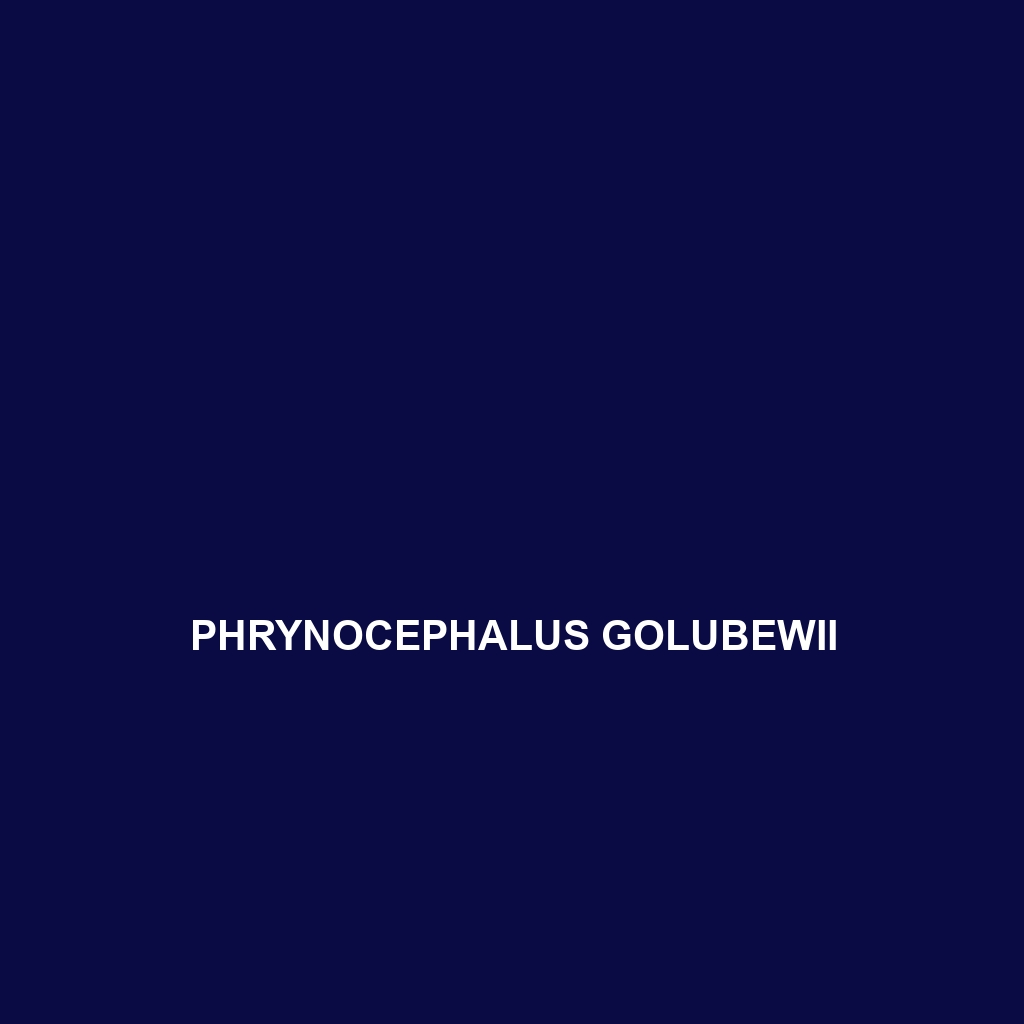Discover the <b>Sonora episcopa</b>, or episcopal snake, a fascinating nocturnal reptile native to the arid regions of northwestern Mexico and the southwestern United States. With its slender body, distinctive dark bands, and vital role in controlling local rodent and insect populations, this adaptable snake is a crucial part of its ecosystem.
Tag: arid environments
Sonora episcopa
Discover the <b>Sonora episcopa</b>, or episcopal snake, a fascinating nocturnal reptile native to the arid regions of northwestern Mexico and the southwestern United States. With its slender body, distinctive dark bands, and vital role in controlling local rodent and insect populations, this adaptable snake is a crucial part of its ecosystem.
Phyllodactylus xanti
The Phyllodactylus xanti, or Xantus's leaf-toed gecko, is a small, nocturnal gecko measuring 3 to 5 inches, native to the deserts and dry scrublands of Baja California. With unique spatula-like toe pads for climbing, it preys primarily on insects and plays a crucial role in its ecosystem by regulating insect populations.
Phyllodactylus johnwrighti
<b>Phyllodactylus johnwrighti</b>, known as John Wright's phyllodactylus, is a nocturnal insectivore found in tropical dry forests and savannas of South America, characterized by its flattened body, adhesive toe pads, and ability to regenerate its tail. This adaptable lizard plays a vital role in controlling insect populations and maintaining ecosystem balance.
Phrynocephalus strauchi
Strauch's Toadheaded Agama (<i>Phrynocephalus strauchi</i>) is a medium-sized lizard native to the arid steppes and deserts of Central Asia, known for its robust body, remarkable burrowing abilities, and diet mainly consisting of small insects. This resilient species displays distinct coloration for camouflage, excels in temperature regulation through behavioral adaptations, and plays a crucial role in maintaining ecological balance.
Phrynocephalus frontalis
<b>Phrynocephalus frontalis</b>, or the Frontal Toadhead Agama, is a medium-sized lizard native to arid regions of Central Asia, known for its distinctive flattened body and striking coloration that aids in camouflage. Primarily insectivorous, these diurnal reptiles exhibit fascinating behaviors including territorial displays and burrowing, playing a crucial role in their ecosystem as both predator and prey.
Pachydactylus sansteynae
<p><b>Pachydactylus sansteynae</b> is a distinctive lizard from southern Africa, thriving in arid regions of Namibia and Botswana. With a robust body and excellent night vision, this nocturnal insectivore plays a crucial role in its ecosystem by controlling insect populations and serving as prey for larger predators.</p>
Lerista gascoynensis
The Lerista gascoynensis, or Gascoyne Lerista, is a small, legless skink endemic to Western Australia's arid regions, renowned for its burrowing habits and distinct sandy brown coloration. These nocturnal insectivores play a crucial role in their ecosystem by controlling insect populations and contributing to soil health through their burrowing activities.
Lerista apoda
Discover the Lerista apoda, or legless skink, a unique insectivorous lizard native to Australia, known for its distinctive elongated body, lack of limbs, and remarkable burrowing abilities in sandy habitats. This nocturnal species plays a vital role in controlling insect populations while contributing to the ecological balance of its environment.
Heteronotia spelea
Common Name Heteronotia spelea Scientific Name Heteronotia spelea Habitat The Heteronotia spelea, commonly referred to as the Cave-dwelling Gecko, is primarily found in the arid and semi-arid regions of northern and central Australia. This species thrives in diverse habitats, including dry forests, scrublands, and caves that provide shelter from the harsh environmental conditions. Geographically, it […]









